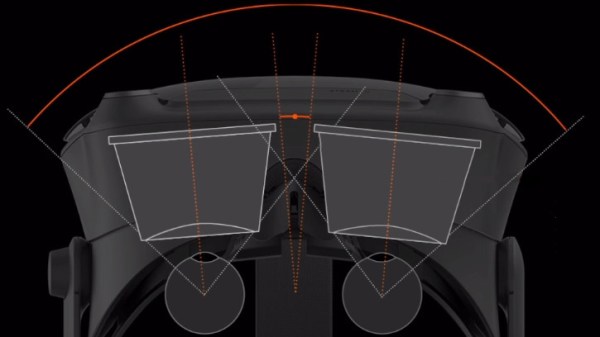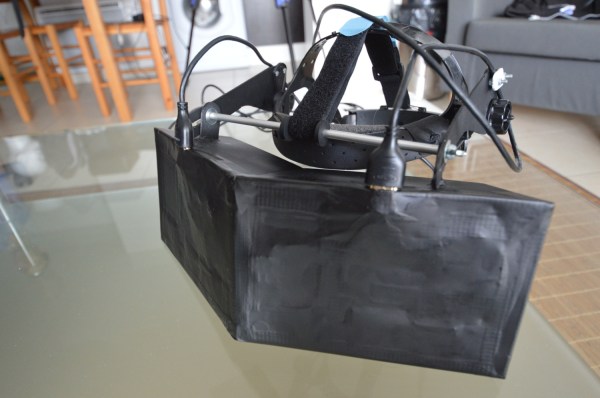VR headsets have been seeing new life for a few years now, and when it comes to head-mounted displays, the field of view (FOV) is one of the specs everyone’s keen to discover. Valve Software have published a highly technical yet accessibly-presented document that explains why Field of View (FOV) is a complex thing when it pertains to head-mounted displays. FOV is relatively simple when it comes to things such as cameras, but it gets much more complicated and hard to define or measure easily when it comes to using lenses to put images right up next to eyeballs.

If there’s one main point Valve is trying to make with this document, it’s summed up as “it’s really hard to use a single number to effectively describe the field of view of an HMD.” They plan to publish additional information on the topics of modding as well as optics, so keep an eye out on their Valve Index Deep Dive publication list.
Valve’s VR efforts remain interesting from a hacking perspective, and as an organization they seem mindful of keen interest in being able to modify and extend their products. The Vive Tracker was self-contained and had an accessible hardware pinout for the express purpose of making hacking easier. We also took a look at Valve’s AR and VR prototypes, which give some insight into how and why they chose the directions they did.













